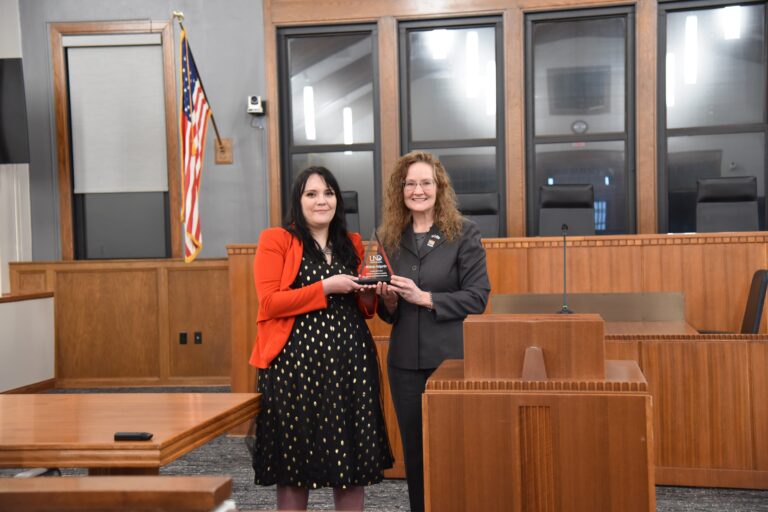Professor Datzov’s article on patent eligibility cited and discussed before U.S. Senate Committee Hearing
The U.S. Senate Subcommittee on Intellectual Property recently held a hearing on the proposed Patent Eligibility Restoration Act (PERA), which seeks to restore “clarity, certainty, and predictability to the U.S. Patent System.” PERA is the fourth recent legislative attempt to expand the scope of patent eligibility, which was curtailed by several U.S. Supreme Court’s decisions between 2010 and 2013.
In his most recent article, Predictable Unpredictable, Professor Datzov and co-author Professor Jason Rantanen (University of Iowa School of Law) undertook an empirical analysis to study the predictability of the current law on patent eligibility. Shortly after they made their work available online, the work-in-progress article made national headlines and received significant national attention through various IP news services and blogs. In written and oral testimony during the recent congressional hearing, multiple witnesses discussed and debated Professors Datzov and Rantanen’s findings and their impact on the proposed legislation.
The video of the hearing, as well as the written testimony of the witnesses, can be found here: https://www.judiciary.senate.gov/committee-activity/hearings/the-patent-eligibility-restoration-act_restoring-clarity-certainty-and-predictability-to-the-us-patent-system
Professors Datzov and Rantanen’s article and research findings are available for download on Professor Datzov’s SSRN page: https://papers.ssrn.com/sol3/papers.cfm?abstract_id=4380434.
In the article, Professors Datzov and Rantanen explain that the Mayo/Alice framework used to determine patent eligibility has been a lightning rod for criticism since the Supreme Court’s decisions a decade ago.
“Too many critics to count—including academics, practitioners, legislators, and judges—have lambasted the patent eligibility framework as an unpredictable morass of confusion. Even some judges on the Federal Circuit have labeled the eligibility framework as an ‘incoherent doctrine’ that might tempt district courts into ‘an effective coin toss,’ while others have openly confessed that ‘the nation’s lone patent court … [is] at a loss as to how to uniformly apply § 101.’ The latest legislative attempt to reframe patent eligibility is similarly premised on ‘extensive confusion and lack of consistency [in applying the 101 exceptions] throughout the judicial branch of the Federal Government and Federal agencies.’”
Yet, by examining the Federal Circuit’s entire body of 368 cases on § 101 from 2012-2022, Professors Datzov and Rantanen’s empirical analysis suggests that those claims of unpredictability stand on shaky grounds. Their work looks at the issue at a more granular level than any prior study, and to evaluate the level of predictability within § 101 jurisprudence, they used “a multi-dimensional approach that considered: (1) whether lower tribunals are reaching the legally correct outcome (i.e., reversal rates); (2) whether lower tribunals are correctly applying existing law in each case (i.e., error rates); and (3) whether appellate judges demonstrate disagreement in applying the law (i.e., dissent rates).”


